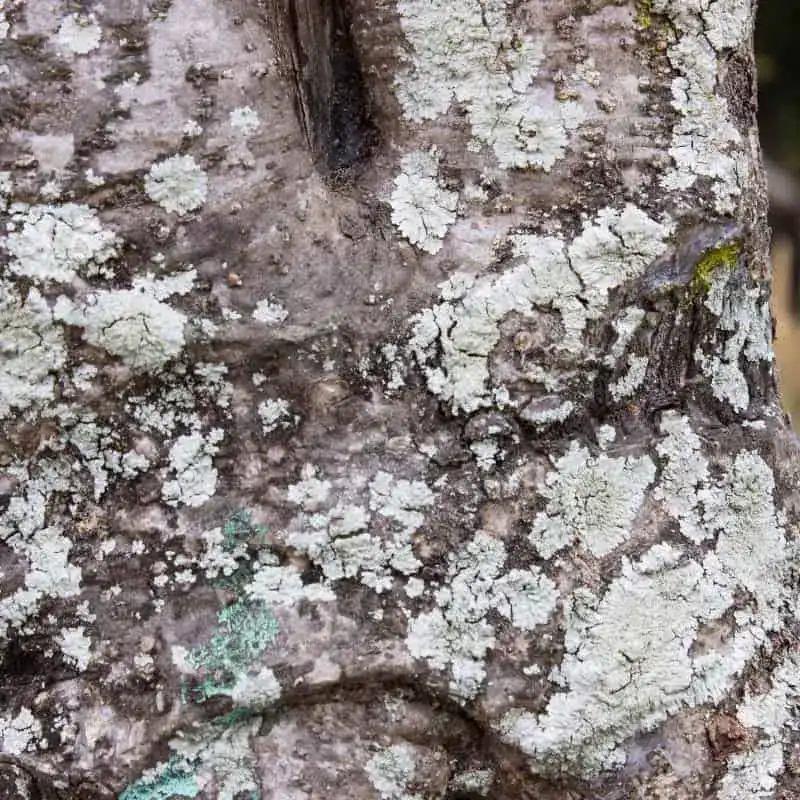The top tree diseases in the midwestern United States are caused by a range of factors, most notably insects, fungi, bacteria, viruses, and environmental stress such as temperature extremes, drought, and air pollution. Diseases are often difficult to diagnose since there are multiple causes that are able to produce identical or similar symptoms. Developing an effective treatment program requires accurate diagnosis.
Developing an effective treatment program requires accurate diagnosis.
What Homeowners and Property Managers Can Do:
Be Observant: Regularly check your trees for changes in leaves, branches, or bark
Learn the Signs: Familiarize yourself with common problems in our area.
Act Early: If you suspect an issue, consult the resources below or contact a licensed arborist.

This list is a ranking of the top tree diseases in the midwestern United States based on the number of occurrences and their potential to damage trees.
Common Tree Threats in the Chicago Area
Below are some of the most common diseases and pests affecting trees in our Midwestern region. Click the name for in-depth information and management options.
- Oak wilt
- Phytophthora root rot
- Dutch elm disease
- Wood decay
- Anthracnose
- Needlecast
- Verticillium wilt
- Pinewood nematode
- Iron and manganese chlorosis
- Drought stress
- Powdery mildew
- Bight, such as the diplodia tip blight
- Rhizosphaera fungal disease
- Apple scab fungus disease
- Bacterial leaf scorch
- Fire blight
- Salt damage
- Cytospora canker
- Cedar rust diseases
- Armillaria root rot
- Boxwood blight
- Maple decline
- Thousand Cankers Disease
- Sudden Oak Death
- Black Knot
- Sooty Mold
Tree Pests
There are over one hundred different insect species in the Midwest that have the ability to damage your trees, bushes, and other plants. One very important thing to note is that not all insects on trees and shrubs are damaging. There are some species that are beneficial, helping pollinate flowers, or they may help reduce the population of the insects that cause damage to plants by predatory or parasitic behavior. Progressive Tree Services is trained to correctly identify these beneficial insects and mites and is able to properly devise effective programs and methods that protect landscape plants and trees from serious damage while conserving beneficial organisms.
Top Insects that Threaten Plants in the Midwestern United States:
Emerald ash borer

It is a green beetle that is an invasive species. An emerald ash borer infestation is highly destructive to ash trees
Bagworm
A defoliating caterpillar, the bagworm, Thyridopteryx ephemeraeformis, is a native insect that thrives on the leaves of many coniferous and deciduous trees East of the Rocky Mountains.
Gypsy moth
Over 500 species of trees, shrubs, and plants are attacked by its larvae, which consumes their leaves. The gypsy moth is one of the most destructive pests of hardwood trees in the United States.
Bronze Birch Borer
Since the end of the 1800s, the Bronze Birch Borer has been causing significant losses to American Birch trees. This native pest attacks all native and nonnative birch species, but the damage can vary. Birch trees weakened or stressed by factors such as drought, compaction of soil, root injury, other insect attack, and old age are the most attractive hosts for the Bronze Birch Borer.
Cankerworm
It is a moth whose larvae feed on various deciduous trees and shrubs.
Once the eggs hatch, many inch-long worms appear, capable of defoliating and killing a tree.
Bark beetles
They are little black beetles that often attack trees that are already weakened by disease, drought, smog, conspecific beetles or physical damage
Tent caterpillars
They attack several kinds of broad-leaf trees and shrubs and produce unsightly webs, or tents, and defoliate trees, stunting their growth and making them less vigorous.
Japanese Beetle
The Japanese beetle is not host-specific; they can feed on hundreds of species of trees. These include Japanese maple, sycamore trees, black walnut, horse chestnut, plum, Norway maple, and linden, just to name a few.
Flat-headed borers
Including bronze birch borer, and two-lined chestnut borer – larvae hatch and then chew their way into the bark and start feeding
Weevils
A type of beetle that is damaging to crops by laying larvae in the crop that then eat into the crop.
Spider mites
They live on the undersides of leaves of plants, where they may spin protective silk webs, and they cause damage by puncturing the plant cells to feed. The symptoms of this disease include yellow foliage and stippling damage that can be seen during most of the growing season, as well as leaf drop and a greyish-looking foliage.
Aphids
Also known as plant lice, are small sap-sucking insects and are among the most destructive insect pests
The increasing incidence of oak tree damage in the Chicago area, primarily attributed to gall wasp infestations, has raised significant concern among arborists and environmentalists alike, highlighting the need for effective management and preventive strategies.
With several recent sightings in the Chicago area, the invasive spotted lanternfly (SLF) has become a growing concern for property owners and tree enthusiasts alike, threatening the health and beauty of trees across the region.
A professional tree trimming service can help you save an infected tree by removing parts of the tree while preserving the rest.
For more information, you can take a look at the most common tree diseases in the Chicago area or at the newest service we offer, organic mosquito control.






You must be logged in to post a comment.